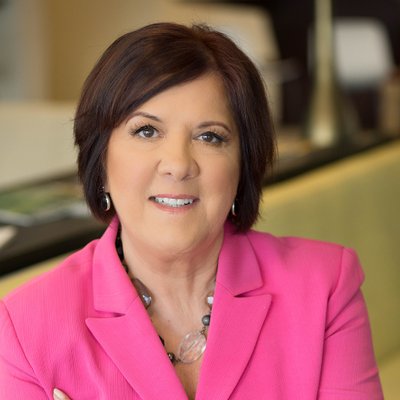In March 2020, Covid-19 hit U.S. families at the low end of middle-class income ($25,000-$110,000) hard, but as the pandemic continues, it is now widening its reach to include those earning six-figure incomes.
By August, job losses in professional and business services fell 1.5 million below February, reports the Bureau of Labor Statistics (BLS). Job postings for employees earning over $100,000 dropped by 19% from April, according to ZipRecruiter, and, in some professions, such as architecture and engineering, and computer and math jobs, the losses were higher. Hard hit, too, were U.S. workers 25 and over with a bachelor’s or higher degree, whose numbers grew to 3.3 million, reports BLS, up from 1.4 million in August 2019.
Covid-19 added to the debt load these families carry, the Federal Reserve Board noted in a supplemental April 2020 report to its 2019 Survey of Household 2020. Since 2009 and the end of the last recession, higher-income, middle-class families have increased their non-housing consumer debt (typically school and auto loans) by a third. That’s the story here for business reporters to dig into, by looking into these three angles:
Pay down debt
More than half, or 59%, of U.S. adults had long-term credit card debt before the coronavirus hit, reports Creditcards.com. cards. That’s 110 million people, with 56% (61 million) carrying debt for more than a year, 25% (27 million) holding debt for at least three years in a row and 15% (17 million) swallowed up in plastic for at least five years. That’s a discouraging footnote, after a decade of economic expansion and the lowest unemployment rate in 50 years until Covid-19.
Use your news organization’s social media channels and broadcast a request to interview high-earning, middle-class families in your readership. Include a financial planner, a Certified Public Accountant (CPA), the industry expert Ted Rossman at CreditCards.com, a data specialist at LinkedIn, and staff from your state’s training programs in your discussion.
Learn new job skills
For some professional workers, retraining may be the best strategy. In September, Microsoft announced free online learning through its subsidiary LinkedIn on 10 occupations most likely to remain in demand in future, from software developer to customer service specialist to financial analyst and graphic designer. Recently, the U.S. Department of Labor announced the latest round of grant funding to states and territories to help workers retrain. Work-sharing programs are now available in 26 states through the unemployment insurance system.
Does your state offer a work-sharing program? Are any of your readers learning new job skills? Ask them.
Tap your 401(k)—carefully
Interest-, penalty-, and tax-free loans on 401(k) withdrawals through the CARES Act expired in late September, but these are still a good, short-term option to tap. Have a financial planner and the CPA on your panel explain the rules and then do a Q-&-A with your reader panel.










